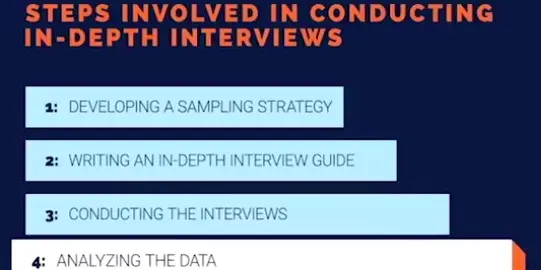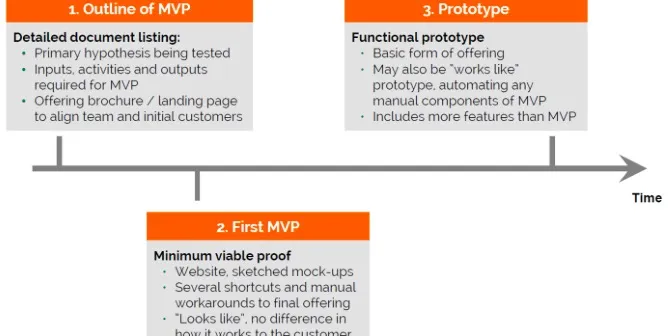

Lessons from MIT on how to start a business?
I want to be an entrepreneur. But HOW is the real question?

I want to be an entrepreneur. But How?
Every time I study something interesting or do an online course, I have this habit of documenting it. Majorly for two reasons first, to test my learnings and second, to go through the crux of the subject to recall things when required.
The course I recently undertook was on Entrepreneurship by Massachusetts Institute of Technology. It neatly told about the different steps one must follow to build a successful business and to add more, they even introduced us to noble rules like 80/20, H4 and a lot more.
Before you start any business or when even you’re struggling with your idea there are certain forethoughts you need to consider and through this article, I have tried my best to explain them succinctly.
Stages while building a business
Ideation → Customer→ Designing offering→ Testing offerings →B’ness logistics
1. Ideation
This step was started with a very interesting activity, we were given a task to read a blog and pick random two words out of which we had to form a business (mine were Trending life). It was fun to see how innovative people got with few words. Trust me, you should try out this activity to let your creative juices following.
At the very beginning, I realised that fortune doesn’t always smile at us so mostly, we really need to be on the tenterhooks to reach our startup idea (Sorry but no, aha moment!)
Anyway, the order started with mind mapping, brainstorming and finally, idea filtration.
We listed down 10 problems/ frustrations we wished to solve (Mind Mapping) and analysed each one of them as per their industry, opportunities and real need (brainstorming).
It’s recommended to check the ideas roughly against potential and fit. Evaluate each of them as your passion and enthusiasm (FIT) and the real need/ scalability level and value creation per se(Potential).
PS- The only key to this step is to know that the there’re no bad ideas.
2. Customers
Before getting into market research, it’s always recommended to share your ideas but from the perceptive of uncovering customer frustration and not solving it. (Let them do the talking)


Step by step- Testing your offerings.
Customer Acquisition- It varies from industry and business type but in most cases, referrals and word of mouth is always the best way to get customers but since, they are earned over time they can’t be be a part of your early strategy similarly, social media is another channel that can be explored furthermore, it’s easier than other channels but mostly it tends to have a low yield. Personal relationship channel pay off the most though they require time investment. The ideal way to begin with is to Go out and sell yourself.
Elevator Pitch– 4 things to you need to add in your elevator pitch to make it exemplary.
(i) Start with a WHY? (Your mission/ purpose)
(ii) Cover components of Value Proposition your customer, your industry, the promise, and your strategy)
(iii)Spend the bulk of the time sharing how you are overcoming the biggest potential concern or risk
(iv)Make a clear ask (if it makes sense )
An example of an ideal elevator pitch.In order to excel the art of pitching, it’s better to focus on your communication which by the way is only 7% content, rest is all body language and tone. Also, make sure that you keep the practise going.
5. Business Logistics
In the business logistics section, you majorly need to take care of your operations and financials.
Operations → Mapping out all the processes that allow your offering to be made, sold, and reach the customer. In particular, note items that you will need from others, what will be done by your team, and the amount of time each process will take. It’s all about getting the process right.
Financials → How to generate money, well in order to form a successful financial scheme, there are factors that needs to be kept in mind:
Revenue Model (the strategy by which you get money from your customers)
Pricing ( how you set your price in a way to get the most value)
Sales projections (Approach to put together your expected sales over time) and lastly, valuation.
This is majorly what I learnt during this program, I hope reading this article helped you in someway or the other. For all the aspiring entrepreneurs out here, I hope this gave you a great kickstart to start working on your project.
If you have any doubts or any feedback for me, please write to me on [email protected]







